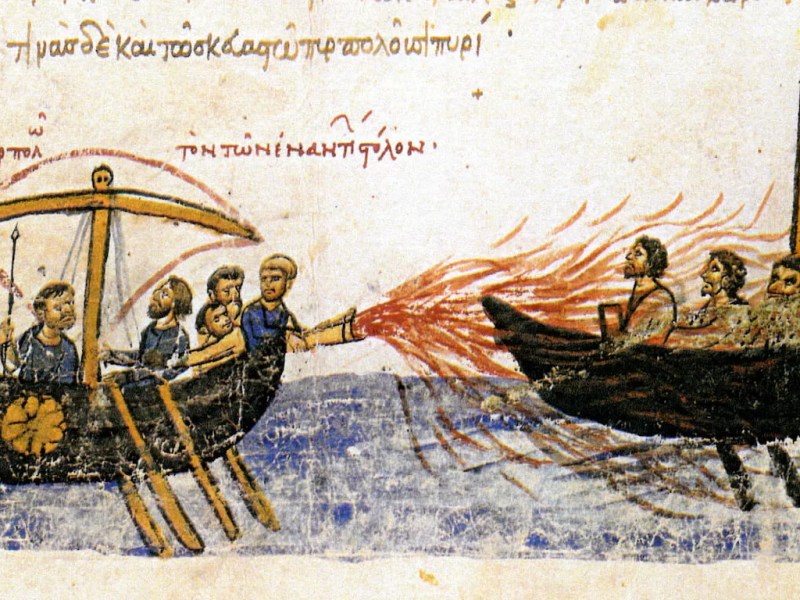One of the most interesting findings of the study is that the separation of this proto-microcontinent coincides with a change in the orientation of tectonic spreading, which occurred between 58 and 49 million years ago.
This change was driven by the reorientation of the rift margins of Canada and Greenland, indicating that the structure of the lithosphere had a fundamental control over plate movements.
This research not only provides a detailed explanation of the tectonics in the region but also proposes a model that could be applied to other regions of the world where microcontinents have been identified or could be identified. With a better understanding of these processes, scientists are one step closer to deciphering the tectonic dynamics that have shaped the continents as we know them today.
SOURCES
Luke Longley, Jordan Phethean, et al., The Davis Strait proto-microcontinent: The role of plate tectonic reorganization in continental cleaving. Gondwana Research, Volume 133, September 2024, Pages 14-29. doi.org/10.1016/j.gr.2024.05.001
Discover more from LBV Magazine English Edition
Subscribe to get the latest posts sent to your email.

When we read or hear the expression Abracadabra, we immediately think of witchcraft, enchantments, magic, and things of that nature. Until a few years ago, many magicians used it inŌĆ”

In the article dedicated to the Varangian Guard, we explained that, following the Norman conquest of England in 1066, this unit came to be known as Englinbarrangoi (Anglo-Varangians) and EnglishŌĆ”

At the confluence of the Kokcha River and the Amu Darya, in northern AfghanistanŌĆÖs Takhar province, lie the ruins of Ai-Khanoum (which means ŌĆ£Moon PrincessŌĆØ). This ancient settlement was homeŌĆ”

Alphonse Allais is a name that perhaps not everyone immediately recognizes, but his influence in art, literature, and humor is undeniable. This French journalist, writer, and humorist from the BelleŌĆ”

In Japanese folklore, there is a curious legend that is repeated in various current provinces of the country such as Hitachi, Kaga, Echigo, in addition to other historical territories likeŌĆ”

Two scholars from the University of Colorado Boulder have unearthed significant fragments from two lost tragedies by the ancient Greek playwright Euripides. This discovery, made after months of painstaking research,ŌĆ”

In a groundbreaking achievement, a team of international scientists has successfully retrieved a significant section of rock from the EarthŌĆÖs mantle, marking a new era in the study of ourŌĆ”

They began to blow with blacksmithsŌĆÖ bellows into a furnace where there was fire, and from it came a great noise. There was also a brass [or bronze] tube, andŌĆ”

A team of underwater explorers has made an extraordinary discovery at the bottom of the Baltic Sea: a 19th-century shipwreck in excellent condition, loaded with unexpected treasures. The finding wasŌĆ”

In a fascinating turn of events for archaeology and astronomy enthusiasts, a 500-year-old compass that might have belonged to the legendary Renaissance astronomer Nicolaus Copernicus has been unearthed. This discoveryŌĆ”

The archaeological operation on Rue des Communes, carried out from February to August 2023 by a team from Archeodunum led by Mr. Rodriguez, made it possible to study a districtŌĆ”

In Europe, there were pre-Neanderthals, the Northern Hemisphere of the Earth had less ice than today, and sea levels were approximately 10 meters higher. We are in the Lower Paleolithic,ŌĆ”
Load more articles
Something went wrong. Please refresh the page and/or try again.
Source link : http://www.bing.com/news/apiclick.aspx?ref=FexRss&aid=&tid=66b5fdd9aee244d0b5c691e4f37bfbda&url=https%3A%2F%2Fwww.labrujulaverde.com%2Fen%2F2024%2F08%2Fthe-earth-hasnt-lost-a-continent-but-has-gained-a-microcontinent%2F&c=15182354048088050860&mkt=en-us
Author :
Publish date : 2024-08-08 13:00:00
Copyright for syndicated content belongs to the linked Source.












